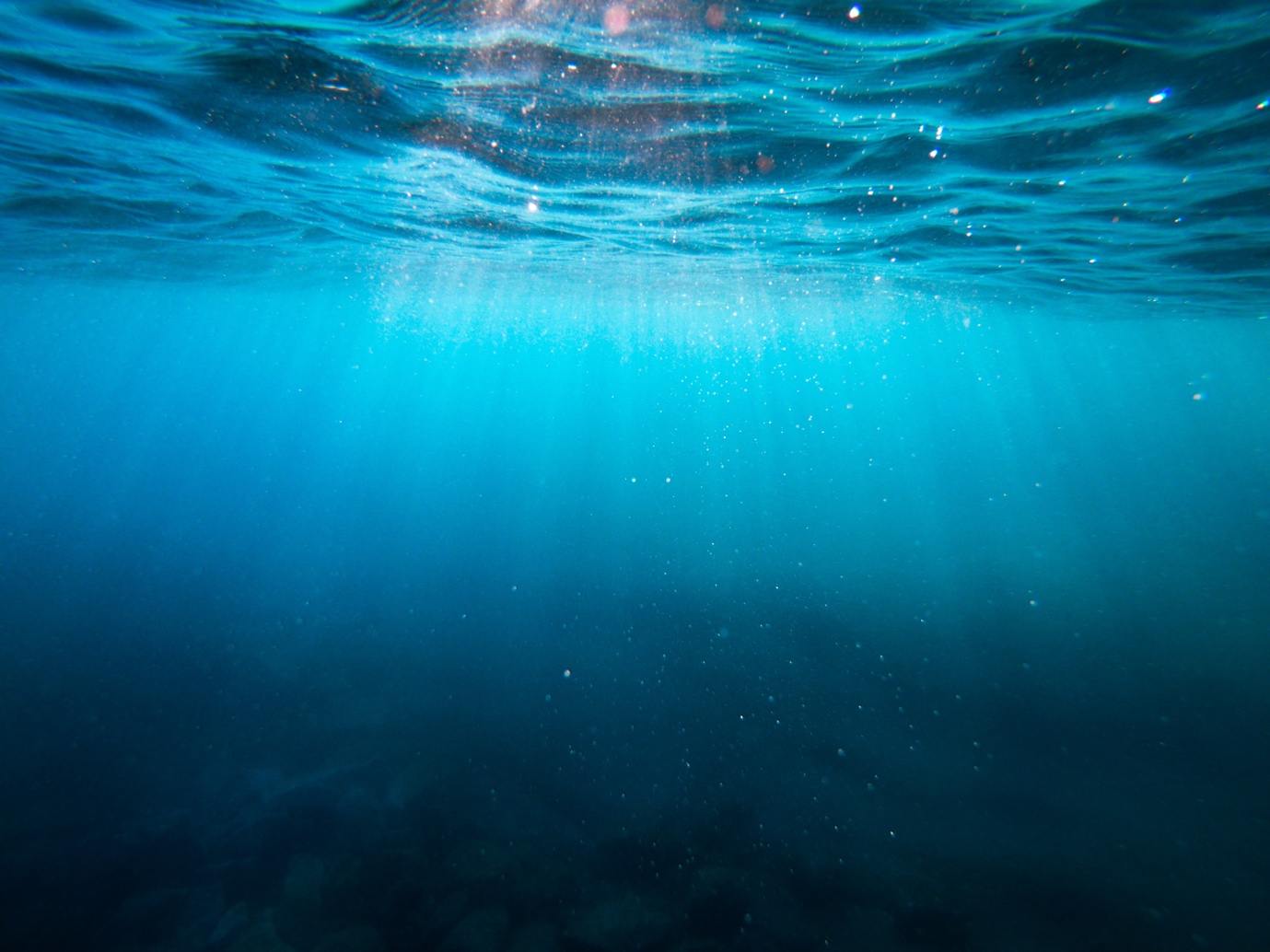Considering submarine cables reportedly make up a majority of global data cables (around 99%), it’s no wonder that big businesses like VIAVI, Huawei, Fujitsu and many more are investing heavily in this technology.
However, the issue with developing submarine cable technology is that it is some of the more difficult infrastructure to install, maintain and replace. Development, therefore, is slow-going and can be expensive.
In stark contrast to those early days of copper wires and rubber insulation spanning the Atlantic, there is now an estimated 1.3 million kilometres of submarine cable installed worldwide. This presents a mammoth project to maintain and upgrade them all.
TMG loves to keep abreast of all developments in this area, not only as VIAVI’s only master distributor to Australian contractors, but as experts in all things fibre inspection, OTDR Testing, and general testing equipment.
So, after putting our ears to the ground, what do we predict for the future of submarine cables? We’ve compiled a miniature SWOT analysis of submarine cables in the near future. Please don’t hesitate to reach out and discuss it all with us – we’re always keen to teach and learn from our customers!
Strengths & Opportunities
VIAVI states that submarine cabling is the most reliable and cost-effective way to keep up with the demand for improved internet. One example provided by the multinational Communications equipment company is the 6600km MAREA cable. This spans between Virginia and Spain and can deliver 160 terabits (125 gigabytes) every second. While they can be slow to build and maintain, the results delivered by submarine cabling are dozens of times faster than satellite transmission.
While this sounds like a lot of capacity in 2023, the world’s demands are sure to increase towards 2030 and suddenly, 160 terabits won’t seem so much. In fact, “the compound annual growth of international bandwidth demand is expected to expand by 20-40% over the next several years,” according to network analytics company, Kentik. Accordingly, current submarine cables will need to be replaced as they become old and obsolete. This demand will only increase as 5G is popularised, populations increase, and users consume an ever-increasing volume of content.
This article outlines how submarine cables take roughly five years to build and install, meaning the cables we will need in 2030 for super-fast data transoceanic data transfers should already be nearing the design phase.
Kentik also goes on to explain how space division multiplexing (SDM) is one technology that may allow us to increase submarine cable capacity without having to greatly increase the length of cable used or power to transfer more data.
Basically, SDM could achieve this by packing several independent spatial channels into the cable core, rather than just one.
Weaknesses & Threats
In comparison to satellite data transmission, submarine cables are susceptible to complications. These include environmental damage (corrosive sea water, earthquakes, and water pressure), accidental damage from dredging, and attack from malicious third parties.
This latter factor has been made more relevant over the past 12 months, as Russia invaded Ukraine. In May 2023, Reuters reported that NATO had warned: “Moscow may sabotage undersea cables as part of war on Ukraine.”
11 years earlier, infamous whistleblower Edward Snowden was compiling evidence against the British spy agency GCHQ, claiming that they had gained access to “the world’s network of cables.” (9News has published a comprehensive chronology of submarine cable sabotage and the numerous accidents that have damaged such technologies).
These technologies may be cost-effective and have the capacity to satisfy our demand, but their physical nature (which continues to surprise many laypeople) leaves them vulnerable to all kinds of outage events.
Contact TMG
Such a complex topic requires complex discussion. To learn more about the future of submarine cables, get in touch with TMG’s friendly team and we’ll be sure to get you up to speed.
We’re passionate about testing, installing, maintaining, and repairing all things telecommunications, so get in touch today.
Image Credit: https://unsplash.com/photos/XexawgzYOBc

